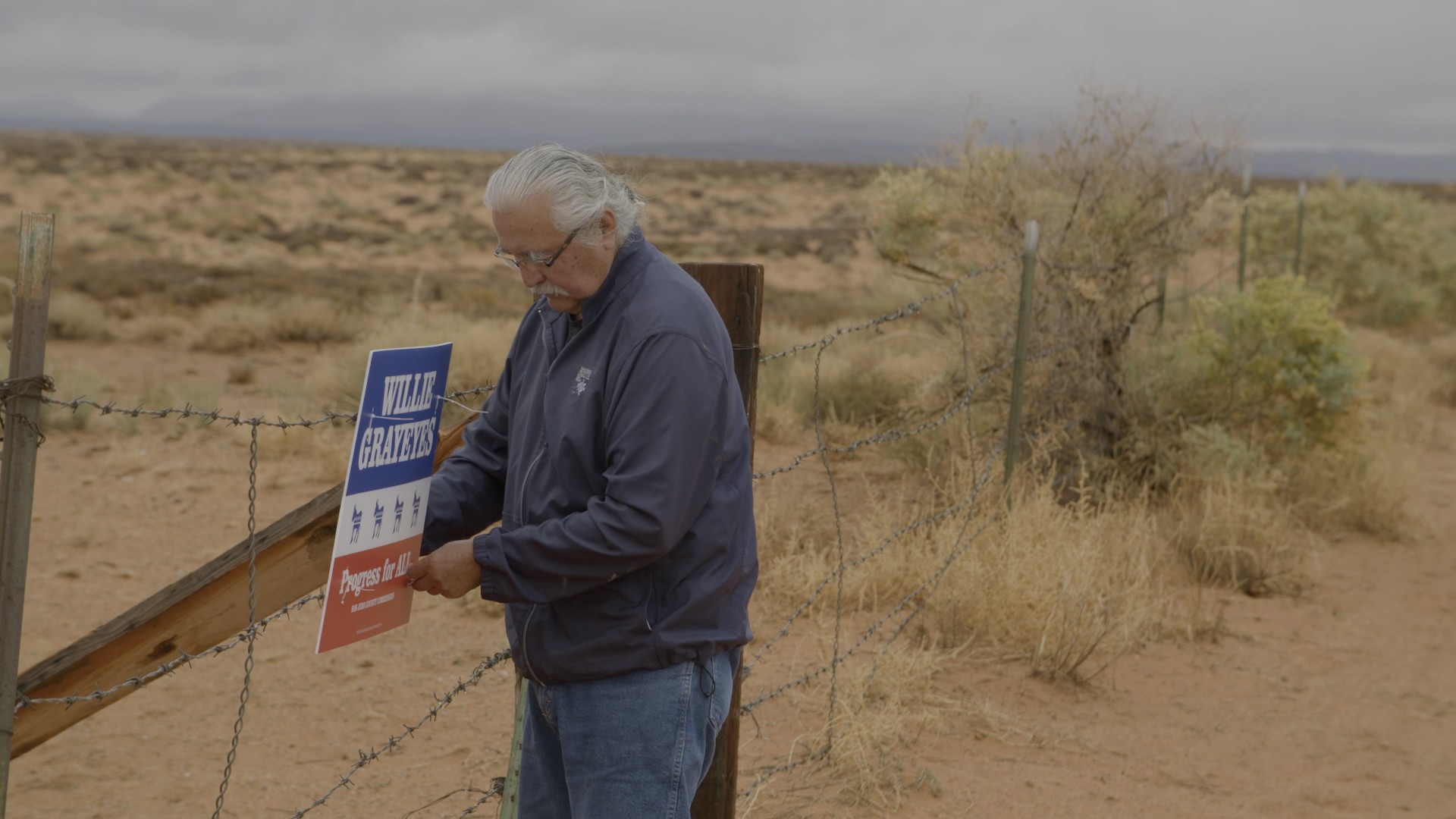Ballots are still being counted and votes tallied, but based on preliminary exit polling so far, it looks like Americans turned out in a big way to this year’s midterm elections — in numbers not seen since the 1960s.The New York Times estimates that 114 million people cast their vote in House races Tuesday and through early voting – up from the overall turnout of 83 million in 2014, which saw the lowest voter participation in a midterm election since World War II. In the previous midterm cycle, 91 million people voted – about 41 percent of eligible voters.If the Times’ analysis is correct, at least 48.5 percent of eligible voters participated in this year’s midterm election cycle, reversing a more than half-century decline in voter participation during the midterms, starting in 1964.The numbers are still preliminary, but other estimates of turnout are similarly high. The United States Election Project, which is run by a political science professor at University of Florida, had a more conservative estimate of 111.7 million votes cast, with a turnout rate of 47.4 percent (the highest turnout in a midterm election since 1970).Read: 21 historic firsts in the 2018 midtermsPresidential elections tend to see a much higher voter turnout. In 2016, 138 million – or 60.2 percent – voted, which was higher than 2012, when 58.6 percent voted, but lower than 2008, when 62.2 percent of eligible voters cast a ballot.Pollsters had predicted a big turnout this year, especially after seeing a deluge of early votes cast in the days and weeks before election day – 36 million in total, according to numbers crunched by the United States Election Project.It’s still not clear whether elections officials were caught off guard by the surge. Some precincts seemed completely unprepared for the number of people who showed up, revealing cracks in the country’s aging elections infrastructure. Throughout the day on Tuesday, scattered reports emerged of malfunctioning voter machines, hours-long lines, and polling stations running out of ballots.Read: A guide to all the Election Day voting problemsLocal and state tallies of voter turnout are beginning to trickle out. Preliminary numbers from Chicago’s Board of Election Commissioners suggest that nearly 56 percent of eligible voters cast their ballots, the highest that the city has seen since 1986, and well above national averages. According to the Chicago Sun-Times, the surge was driven largely by young voters between the ages of 18 and 34. Utah elections officials estimate that about half of the eligible voting population voted.Florida, where the student-led movement against gun violence had been working to mobilize young voters, saw a voter turnout of 62 percent – higher than the last five midterm elections, according to the Sun-Sentinel. But counties in South Florida, including Broward County, where February’s mass shooting at a high school in parkland happened, lagged behind the state averages.Read: Democrats just won the House. Now they're going to drown Trump in investigations.Non-white voter turnout may have exceeded historical averages for midterm elections, driven largely by an increase in Hispanic votes. Preliminary exit polling suggests that non-whites accounted for 29 percent of voters nationally, 12 percent of whom identified as black, and 12 percent Hispanic. That’s compared to 13 percent of black voters in 2014, and eight percent of Hispanics.Pew polling prior to the election found that Hispanics were more engaged in the midterms compared to previous years. Pew also noted that approximately 29 million Hispanics were eligible to vote this year, up from 25 million in 2014.Exit polls also found that women accounted for 53 percent of votes cast – similar to exit polling from the 2010 midterms, and a little higher than the female-identifying population nationwide, which is about 50.8 percent.Read: Everything you need to know about what happened in the 2018 midtermsThis year’s midterm election cycle came at a time of bitter political division and many see it as, referendum on President Donald Trump.Exit polling reinforced that theory: According to ABC News, 41 percent of voters said that they thought the country was headed in the right direction, compared to 56 percent who said it was in bad shape. Responses to that question fell along partisan lines. However, 58 percent of swing voters were more likely to agree with Democrats. Cover: Voters register at a polling station in Manhattan of New York, the United States, on Nov. 6, 2018. (Xinhua/Li Rui via Getty Images)
Cover: Voters register at a polling station in Manhattan of New York, the United States, on Nov. 6, 2018. (Xinhua/Li Rui via Getty Images)
Advertisement
Advertisement
Advertisement
